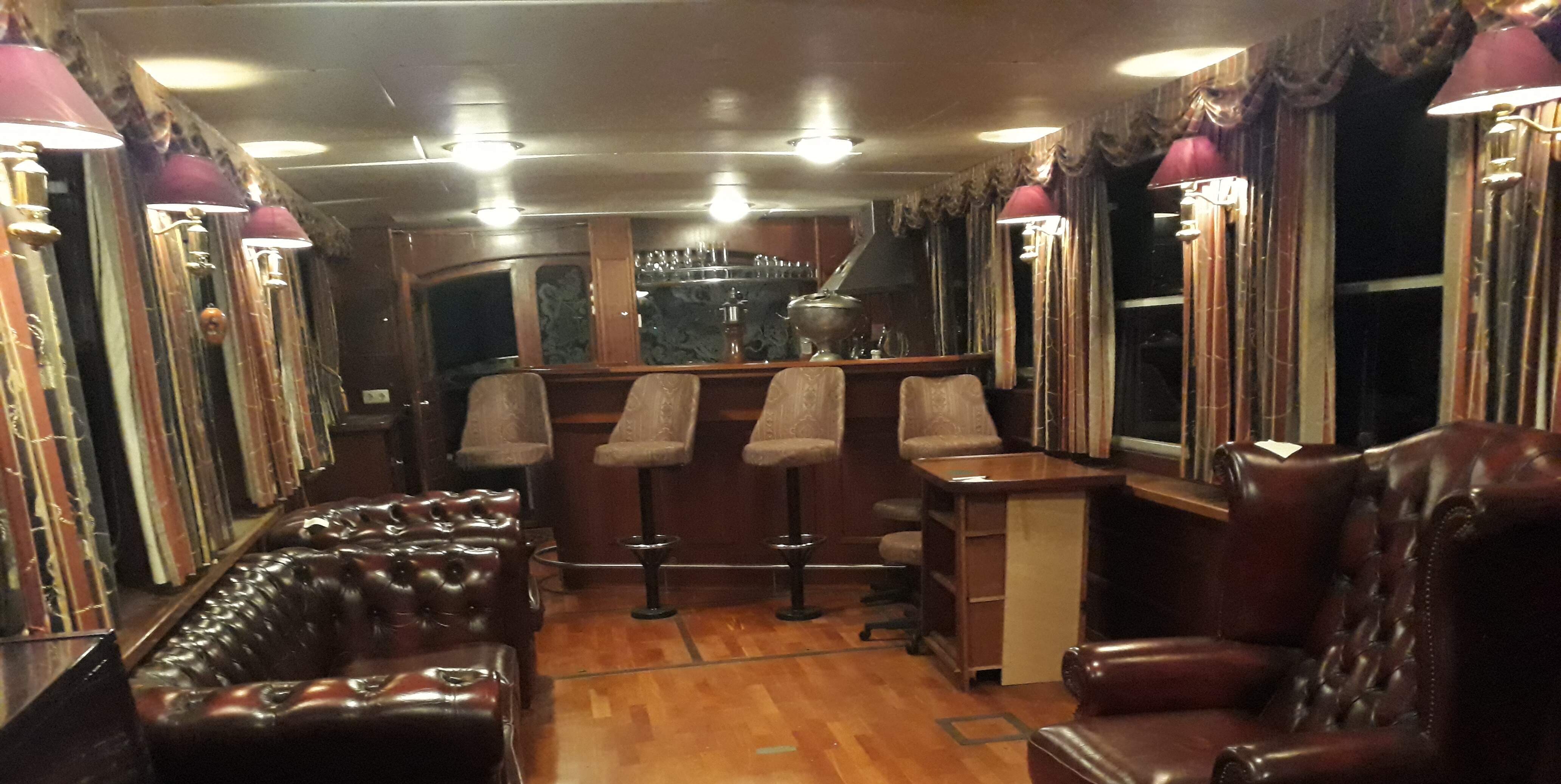Stepping aboard a large houseboat, as an ex-sailor, my eyebrows are raised as Dave announces, "welcome aboard the Flying Dutchman". Glancing through the windows, there's no glimmering golden mirage emerging in the distance of a ghostly ship unable to reach its harbour, nor is there a brewing storm. Instead, we’ve stepped aboard an impressive German vessel of magnificent proportions and decor. Given the history of this ship's name, we asked the owner and his daughter, Mr Smith and Michelle if we could feature The Flying Dutchman on our blog. With huge gratitude, and our utmost respect, we cannot thank them enough for agreeing.
Upon researching it became apparent there have been several boats blessed with the same name, one an international sailing champion, no less. Even a champion race and stud horse, back in the eighteen-hundreds was blessed with this name. The Flying Dutchman has featured in the Pirates of the Caribbean films, and even in the children’s TV series, SpongeBob SquarePants. Notoriously, it’s also an opera by Wagner (1843) adapted from an episode in Heinrich Heine's satirical novel The Memoirs of Mister von Schnabelewopski (Aus den Memoiren des Herrn von Schnabelewopski) (1833), in which a character attends a theatrical performance of The Flying Dutchman in Amsterdam.
This particular boat however was built back in 1957 at the German Naval shipyard, in Suellberg, along the Elbe River in Hamberg. A steel motor yacht, the Flying Dutchman was used by German customs as a patrol vessel during the Cold War, a time that nuclear threats dominated international affairs and that tension remained between East and West Germany after WWII.
The East German border was guarded by the Border Troops, (Pogranichnyie Voiska) of the Soviet NKVD (later the KGB). In 1946, the Soviets established a locally recruited paramilitary force, the German Border Police (Deutsche Grenzpolizei or DGP), under the administration of the Interior Ministry for Security of the State Frontier (Innenministerium zum Schutz der Staatsgrenze). Both the Soviet troops and the DGP shared responsibility for patrolling the border and crossing points. By 1956, the Soviets had handed border control over to the East Germans.
West German state organisations were responsible for policing the western side of the border, they included the Bundesgrenzschutz (BGS, Federal Border Protection), the Bayerische Grenzpolizei (Bavarian Border Police) and the Bundeszollverwaltung (Federal Customs Administration). Additionally, the British Army, the British Frontier Service, the United States Constabulary, and the United States Army carried out patrols and provided backup in their respective sectors of the border. The vessel we’d stepped upon was a German customs patrol boat and given the time she had been built would have been a part of this, securing West German coast.
At some point, possibly after the Berlin Wall fell in 1989, she became a house boat and no cost was spared when she was converted. Still splendid today, it has been our great pleasure to have been aboard The Flying Dutchman and to have discovered her history. Thank you.
